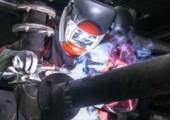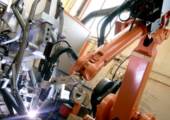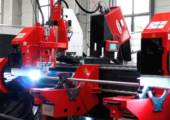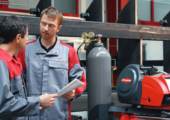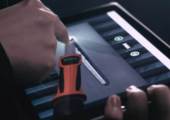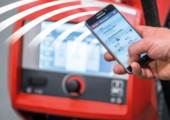-


在线留言
发送您的问题或需求,我们将尽快与您取得联系!
×
-
HIGH PERFORMANCE FOR E-MOBILITY
WELDING BATTERY TRAYS
07/27/2020
The automotive industry is increasingly relying on electric drives. The consequences for production are enormous: the components needed for vehicles with a combustion engine are changing or are no longer necessary, while others are being added – battery trays, for example. Totally new production processes are therefore required, including in welding technology.
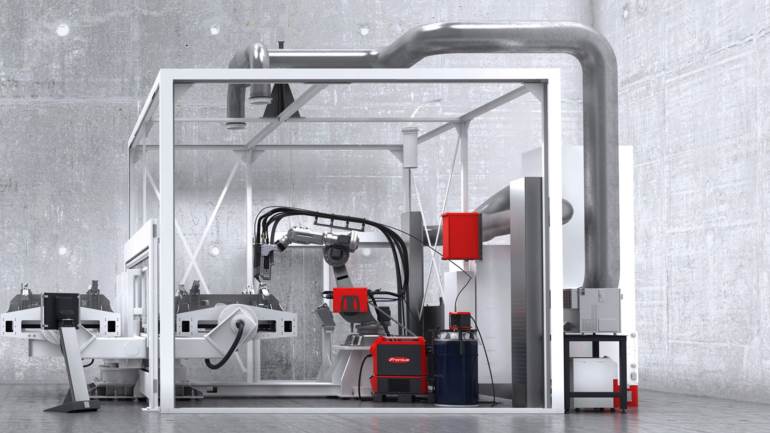
Battery trays are used in electrically driven vehicles to protect the battery against outside influences. Much is demanded of the components: they must be compact, completely secure to protect the battery packs against corrosion, and be extremely durable in the event of a collision. Extruding press and sand-cast profiles are manufactured from aluminum alloys with wall thicknesses of between two and six millimeters.
Only a few welding processes are suitable for joining this material in a stable, efficient, and watertight manner. These include the process variants CMT (Cold Metal Transfer), LSC (Low Spatter Control), and PMC (Pulse Multi Control). The LaserHybrid welding process has particular advantages for long seams. The combination of a laser and a conventional MIG welding process makes it possible to minimize component distortion. The laser also ensures high welding speeds and therefore short cycle times, deep penetration, and low heat input.
Fronius has already implemented a mechanized welding system for producing battery trays for customers from the automobile supplier industry. The welding process runs in an enclosed robot cell. An employee prepares the 1.6 x 2.2 meter trays on clamping devices in a separate safety zone. This allows the aluminum profile segments to be welded at high speed and in repeatable quality. The cleanliness of the components and the close tolerances guarantee a perfect weld seam – also reducing the amount of post-processing required. The use of a mechanized welding system therefore reduces manufacturing costs and improves levels of quality and efficiency in production.
The long seams of the battery trays are welded with great efficiency in the mechanized robot cell by the LaserHybrid welding process.
-


 下载
下载
 会员中心
会员中心



 收起
收起
